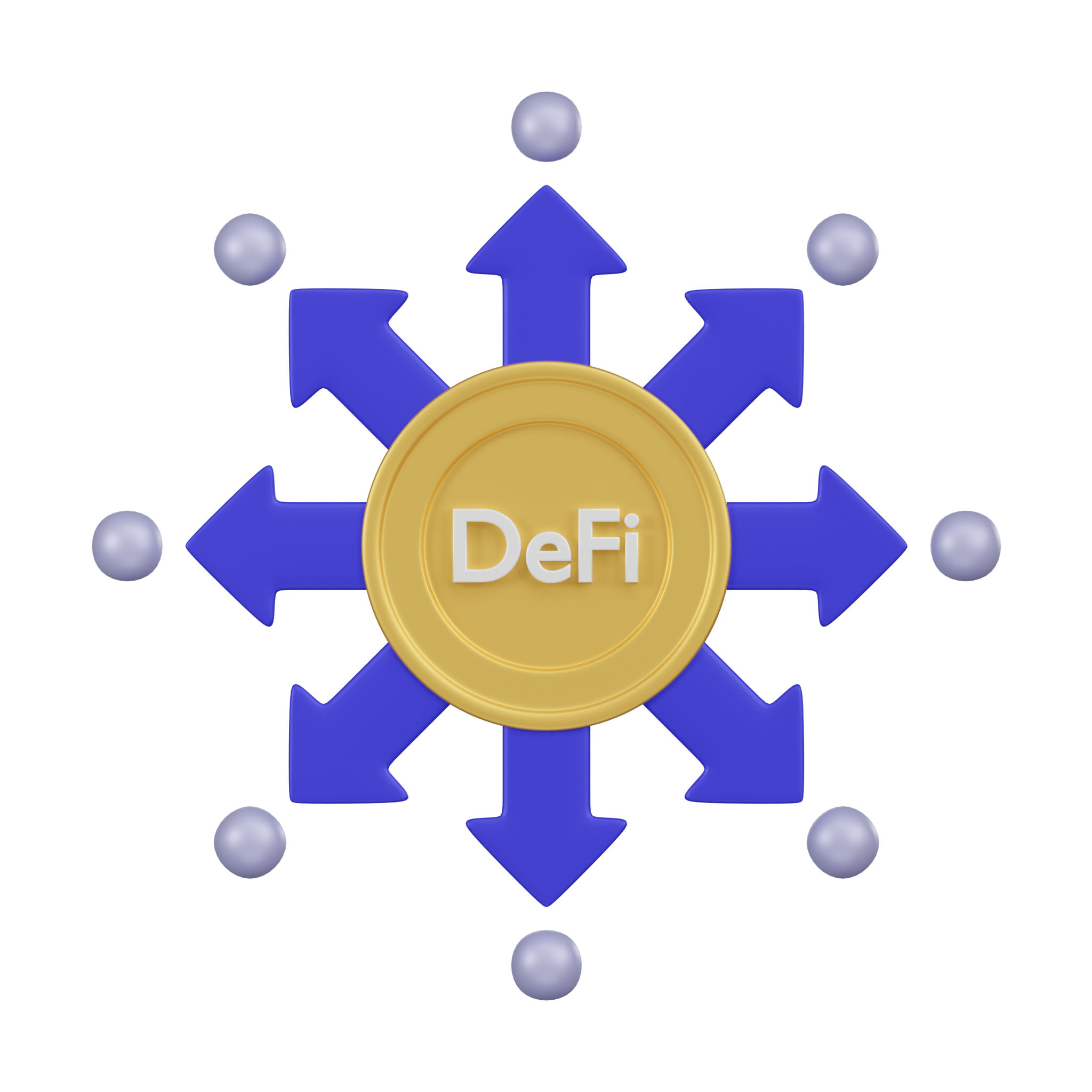Decentralized Finance on XRPL: What It Means for Your Financial Security
Ad
Understanding Decentralized Finance (DeFi)
Decentralized Finance, or DeFi, represents a paradigm shift in how financial services are delivered. Unlike traditional finance, which relies on intermediaries like banks and brokers, DeFi leverages blockchain technology to offer financial services without intermediaries. This innovative approach promises to democratize access to financial services, reduce costs, and enhance transparency.
DeFi operates on decentralized networks, primarily using smart contracts to automate and enforce agreements. These smart contracts are self-executing contracts with the terms of the agreement directly written into code. The most popular platform for DeFi applications has been Ethereum, but other blockchains, like the XRP Ledger (XRPL), are gaining traction due to their unique benefits.

The Role of XRPL in DeFi
The XRP Ledger (XRPL) is a decentralized, open-source blockchain known for its speed, efficiency, and scalability. It was initially designed to facilitate fast and cost-effective cross-border payments. However, its robust architecture and capabilities make it an excellent platform for DeFi applications.
XRPL's consensus protocol allows for quick transactions with minimal fees, making it appealing for DeFi users who want to avoid the high gas fees associated with platforms like Ethereum. Moreover, XRPL's focus on liquidity and interoperability positions it as a strong contender in the DeFi space, providing users with more options for financial transactions.
Benefits of DeFi on XRPL for Financial Security
One of the most significant benefits of DeFi on XRPL is enhanced financial security. Traditional financial systems are often vulnerable to fraud, hacking, and systemic risks. In contrast, DeFi platforms on XRPL use advanced cryptographic techniques to secure transactions and user data, reducing the risk of unauthorized access and fraud.

Furthermore, DeFi on XRPL empowers users by giving them control over their assets. Without intermediaries, users can transact directly with one another, reducing reliance on third parties that could fail or act against their interests. This autonomy is a crucial aspect of financial security in the digital age.
Challenges and Considerations
While DeFi on XRPL offers numerous advantages, it is not without challenges. Users must be aware of the risks associated with smart contracts, which, if improperly coded, can be exploited. Additionally, the regulatory environment for DeFi is still evolving, and users must stay informed about legal implications in their jurisdictions.
It's also essential for users to conduct thorough research before engaging with any DeFi platform. Understanding the platform's security measures, team credibility, and community reputation can help mitigate potential risks.

Future Prospects of DeFi on XRPL
The future of DeFi on XRPL looks promising as more developers and projects explore its potential. With ongoing advancements in blockchain technology and increasing adoption of digital assets, the DeFi ecosystem on XRPL is expected to grow, offering more innovative solutions and opportunities.
As the ecosystem expands, users can anticipate a broader range of financial products and services, such as decentralized exchanges, lending platforms, and insurance protocols, all running on XRPL. These developments will further enhance the financial security and autonomy of users worldwide.
Conclusion: Embracing the DeFi Revolution
Decentralized Finance on XRPL is not just a trend but a transformative movement reshaping the financial landscape. By leveraging the unique capabilities of XRPL, DeFi offers a more secure, efficient, and inclusive financial system. As this space continues to evolve, it presents an exciting opportunity for individuals to take control of their financial future and participate in a more equitable financial ecosystem.